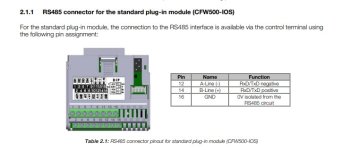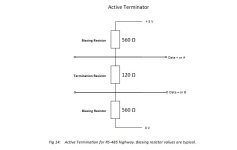widelto
Member
HI guys:
I am attaching several diagram from several sources, it seems to be that there is no such a wiring standard for modbus RS485 RTU.
In some cases A wire is (+) an in other cases A is (-), and the same for wire B, some vendors do not mention A or B but TX+ or TX-.
Why such differences exist ?
That makes non sense.
thanks,
widelto
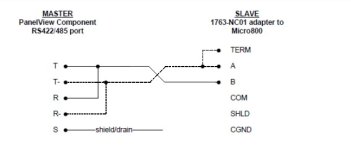
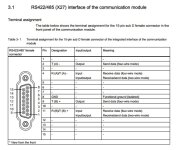

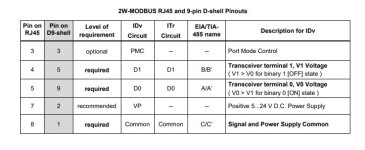
I am attaching several diagram from several sources, it seems to be that there is no such a wiring standard for modbus RS485 RTU.
In some cases A wire is (+) an in other cases A is (-), and the same for wire B, some vendors do not mention A or B but TX+ or TX-.
Why such differences exist ?
That makes non sense.
thanks,
widelto







